Classroom management strategies are key to starting off your school year on the right foot and maintaining a positive classroom environment all year. The strategy you go with has plenty of variables from the ages of the students in your classroom to personal experience to even any IEP considerations. And let’s face it, we’ve all had those lessons, days, or even weeks where it feels like all you have done is manage the running of your classroom…and that’s about it!
So what are the classroom management strategies that will work with a variety of students of different ages? And how do you make classroom management effective?
The teachers on the Teach Starter team sat down to compile some of our favorite examples of easy, yet effective classroom management strategies that may help with the day-to-day running of your classroom. You’ll find everything from simple call and response ideas to tools you might want to add to your classroom.
Ready? Set? Let’s go!
Classroom Management Techniques
So you already know the three C’s of classroom management — compassion, connection, and consistency.
But if you’re looking for some ways to put those three Cs into action, we chatted with some of the teachers on the Teach Starter team to get you exactly that! Here are some super easy classroom management ideas from classroom teachers!
1. Quickly Get Students’ Attention
Getting your entire class to quickly stop and listen to you is something that sounds simple, but we all know it can sometimes be a challenge to quiet a classroom full of excited kids who are buzzing about the latest movie or upcoming break.
Some teachers prefer to clap in order to capture their students’ attention, teaching children a cadence to clap back. This simple strategy engages kids and encourages them to participate in the attention-gaining process.
There are a number of ways to instill this practice in your classroom, such as:
- Pattern Clapping — Clap a rhythmic pattern (e.g., two short claps followed by a long one). Your students are then expected to repeat the pattern exactly, which means they must pay close attention!
- Call and Response Clapping — Teach your class that when you clap a particular pattern, they should respond by clapping back an “answer” pattern.
- Silent Clapping — You don’t always have to touch your hands together to make this strategy effective. Sometimes the simple act of miming a clap is enough. Students should know that their role is to mime the clap back, quieting their voices.
- Clap and Freeze — Teach your class to freeze when they hear you clap, quieting their voices and staying in one place until you provide direction for their next movements.
2. Add Call and Response Chants to Your Toolkit
If clapping doesn’t feel right for you, here’s another auditory cue idea to help you regain classroom control when kids have gotten too loud.
Use these call and response chant ideas!
This strategy is very similar to the clapping idea described above, in which a teacher claps and the kids clap a specific response. The only difference? The teacher recites the first part out loud, and students again respond out loud with their answers, rather than using their hands.
3. Curb Calling Out With Blurt Buttons
We’ve all experienced those students who interrupt the class as they’re thinking aloud: “It’s cloudy outside,” or telling you about their neighbor’s three-legged cat, or asking randomly (and in the midst of direct instruction) “How many days are there until Christmas?”
Not only does blurting out disrupt your lessons, but it can create an unequal classroom environment, allowing some kids to dominate the discussion while others may feel too shy or hesitant to participate.
Blurt Buttons are a bright, fun classroom management strategy that can help you put an end to students’ habit of calling out.
Give each student several buttons to keep on their desks. If a student blurts, they must put a button back into the Blurt Buttons jar. At the end of the day, any remaining Blurt Buttons on desks go into the Rewards Jar, earning kids points towards a treat!
4. Institute Traffic Control Sticks
Do you have craft sticks? Add some bright washi tape and kids’ names, and you have a classroom management tool that can be used in various ways during the school year.
- Use these equity sticks as a random name selector to ensure you’re calling on students equitably.
- Keep track of students you have checked on during individual work. Turn their name stick upside down when you have checked in!
- Students can use these sticks to let you know when they have a question about their work — rather than audibly disrupting their classmates. They can grab their name stick and place it on their desk or put it in an “I have a question” cup.
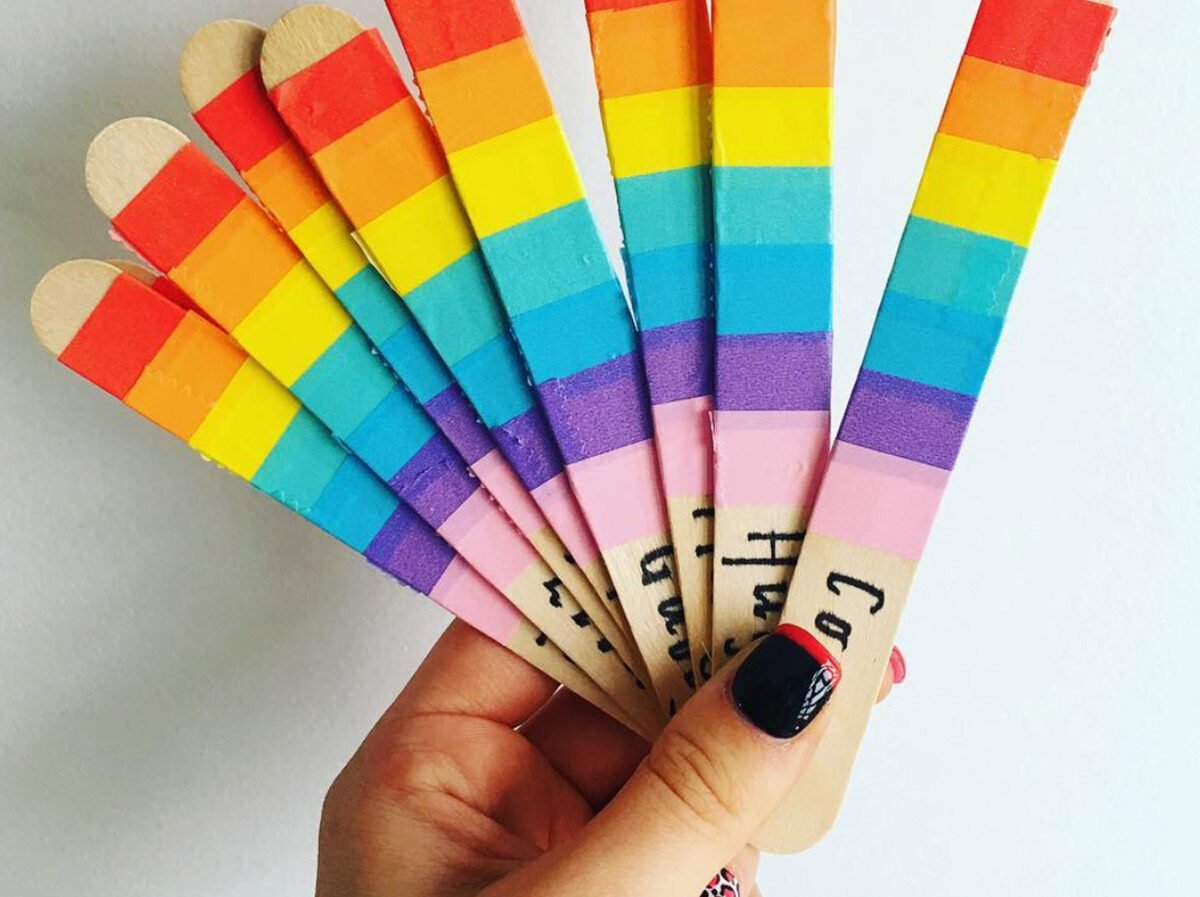
Thanks to the amazing @misstrikolas for this great photo!
5. Create Effective Transitions
Using effective transitions in the classroom can give kids a break by providing them with a chance to get out of their seats and switch their focus to a new task. Planning your transitions between different lessons or activities also means that no time is wasted during a busy school day.
While these How to Walk Like a… Instruction Cards were created to help you ensure students are walking through the school quietly, they can also be used for transitions in your classroom. For example, walk like an ant to your designated center.
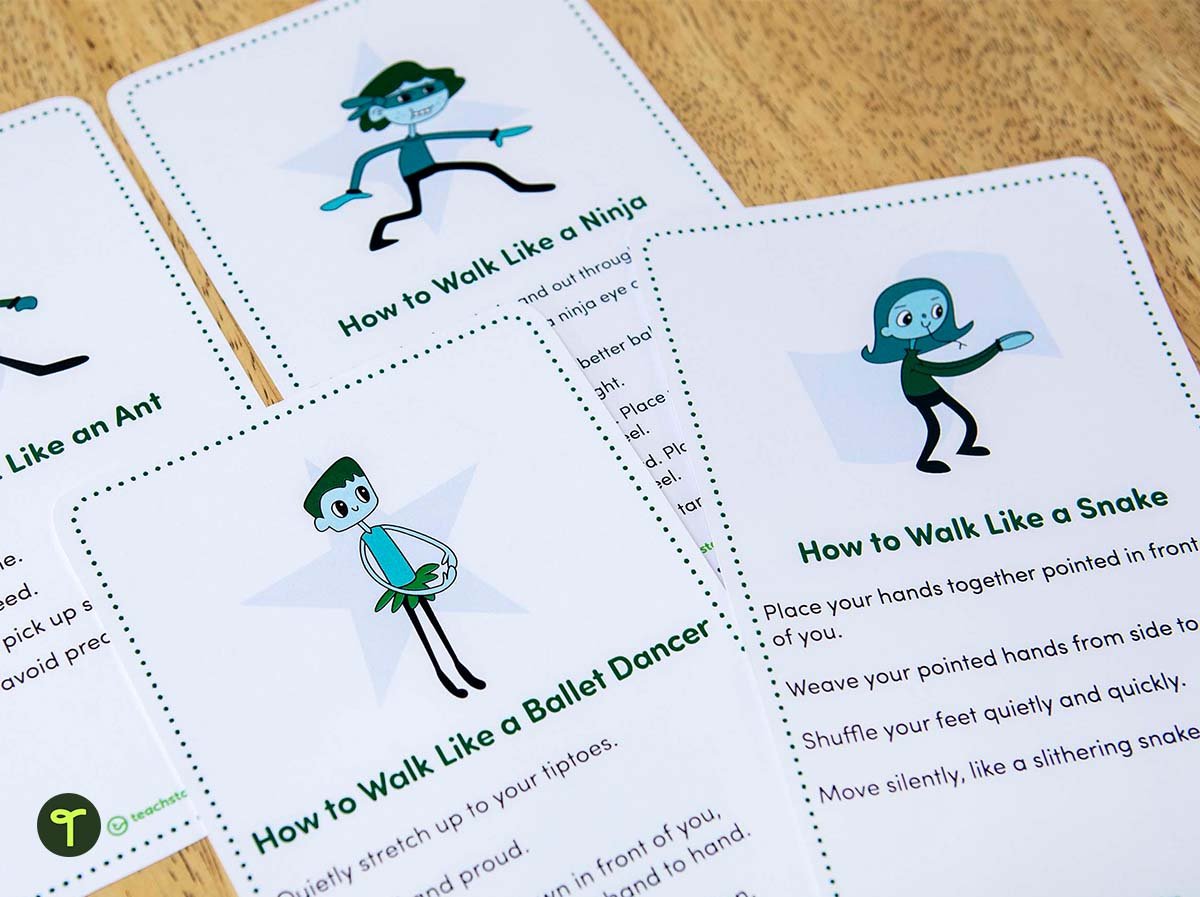
6. Use a Lucky Duck Bowl
Hit the dollar store, and load up on rubber duckies to create your very own Lucky Duck bowl!
This idea comes from teacher Brittany Botta (you’ll find her on Instagram at @projectsandpompoms), who fills a bowl with rubber ducks each year and uses them to make job assignments or for sharing time. They’re a fun alternative to pulling craft sticks!
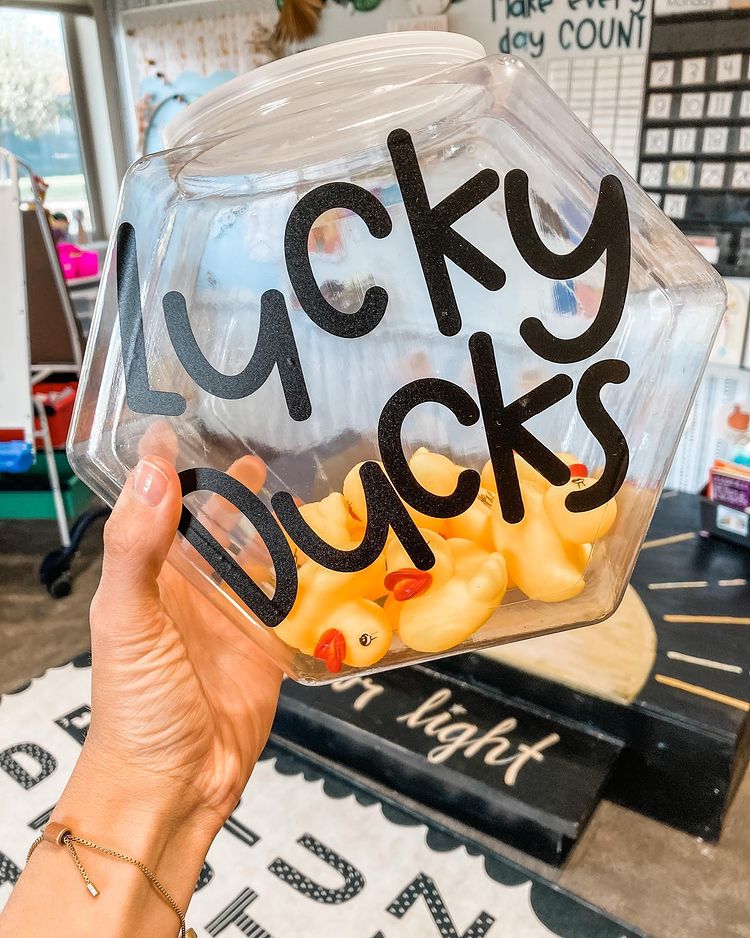
7. Teach Students What to Do When You Say “If You Hear My Voice”
Trying to control that post-lunch or post-recess excitement? It can be helpful to teach your class during the first days and weeks of school that if you announce “If you hear my voice …” they should become quiet and pay attention to what you are about to say.
Then, when the classroom volume gets a bit too loud, you can simply call out “If you hear my voice … ” then wait for kids to settle before providing the remainder of the directions.
For example:
- If you hear my voice, touch your nose.
- If you hear my voice, touch your head.
8. Set Up a Note Station
There are always going to be those kids who want to talk your ear off. And then there are the kids who go to the other extreme – they’re too nervous to tell you things, even when something is really weighing heavily on their mind.
Take a page out of teacher Miriam Patrick’s book, and set up a “leave me a note” station in the classroom like this one for both kinds of kids — and all the rest, too. This will help curb the chit chat, plus it gives kids who need to be able to write down their thoughts a way to communicate too.
Patrick mounted a funky old-fashioned mailbox on her wall (you can get more details on her Instagram), but you can also print and assemble this free mailbox template.
9. Select a Secret Student
Why not try the Secret Student Strategy (or for Among Us fans, an imposter strategy!) for classroom management this school year? Each morning, a student’s name is “randomly” chosen, but only you know who your secret student is.
Throughout the day, that student can earn points for good behavior choices — which you can track on a Secret Student Mystery Points Tracker. At the end of the day, if the Secret Student has earned enough points, they will be recognized as the Secret Student for the day.
Download a pack chock full of Secret Student resources, including the points tracker plus awards for your secret student!
10. Build a Quick and Easy Check-In + Grading Pile
Do you have bins in the classroom that are sitting empty? Considering labeling three with the following:
- I Totally Get It!
- I’m Almost There!
- Help! I’m Lost!
This provides a simple way for kids to communicate their needs with you and self-monitor their learning. Any simple bin will work, and you may want to check out our editable tray label collection for the signs. The rest is pretty self-explanatory!

Thanks to the wonderful @thekozyclassroom for this awesome idea!
11. Use Brain Breaks
We all know about the importance of incorporating brain breaks into the running of a classroom, but we also know that thinking up new and fresh ideas can take time that busy teachers do not always have. This IKEA hack for the classroom is one that will provide many brain-break opportunities in the classroom and allow you to re-use old ideas with a fresh take.
Download this Classroom Spinner Template – Movement Activities, and stick it on the famous IKEA spinning wheel as a visual reminder for you and your students to take a brain break. A selection of fun exercise moves that are conducive to a classroom setting is included!
12. Assign Hand Signals to Common Questions
Cut down on classroom interruptions by using non-verbal communication with pre-assigned hand signals.
Assigning signs to some of the reasons that kids typically disrupt your instruction is a great way to foster a culture of respectful communication between your students and you. This strategy requires them to be patient and wait for their turn, promoting good manners and consideration for others.
Your students can use these to show that they need to use the restroom, have a question, need a pencil or have a comment to share without saying a word.
13. Give Students an Easy Way to Catch Up on Work
During the day-to-day running of your classroom, there may be times when students have been absent from the class for a short period during the day or the whole day due to illness. Keep track of catch-up work by easily displaying the work on a hanger or in bins where students know they can find it.
As you hand out worksheets or notices, clip the leftovers to the hanger, or add to the bin. You can label the work with the day of the week the activity was completed or the name of the student who missed out.
14. Make It Simple for Early Finishers to Move On
With students of different abilities in your classroom, you will often have kids who complete individual tasks ahead of their peers. Planning ahead so your students know what the procedure is when they’ve completed a task is a good way to prevent the whole class being disrupted by an announcement of “I’m done…now what?”
We suggest creating a folder, bin or even a bulletin board like the one in the photo below where kids who have finished their work early can choose extension work. Teaching students where to find these resources at the start of the year and letting them know how to do so on their own will limit interruptions in the classroom.

15. Use Job Cards
Streamline your group work in your classroom and build leadership skills by providing kids in your groups with specific roles. For example, you might assign one student as the leader, one as the materials manager and another as the student who will speak on behalf of their group when you all come back together as a class.
You can also supply your students with a list of group “jobs” and encourage them to select roles as a group to work on their cooperation and compromising skills.
These Group Work Role Cards are the perfect addition to your classroom to set your expectations for group work in the classroom.
16. Keep Voice Levels Controlled
Whether you call them tap lights or push-button lights, these have been popping up in a lot of classrooms — and can be used in all sorts of ways.
Add voice level labels, and just tap a button to let your kiddos know when it’s time to use those whisper level voices or pipe up.
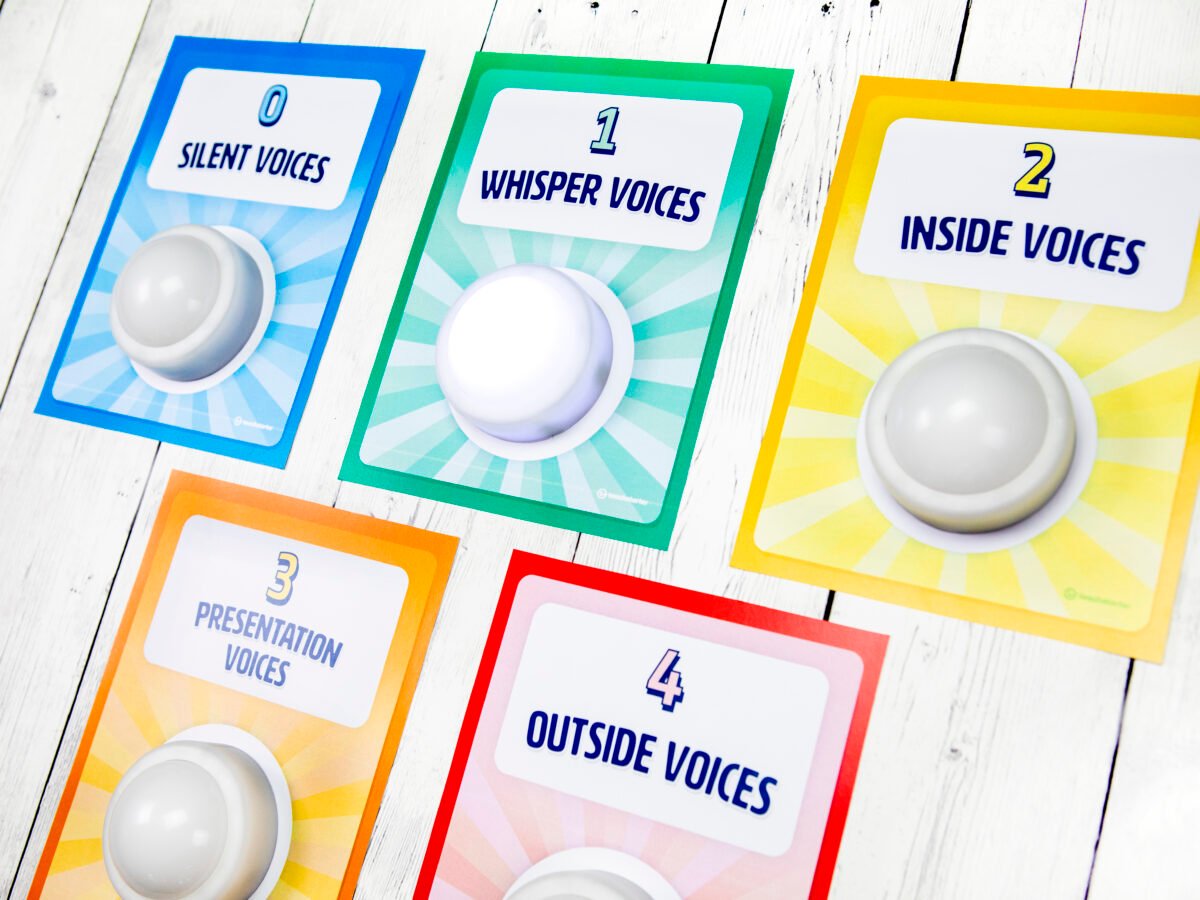
17. Post a Visual Schedule
Having a visual schedule is a must-have classroom management strategy that will ultimately reduce the “what are we doing next?” question!
Print out Visual Daily Schedule cards, and stick them on your board as a visual reminder for your students about the daily events.
Need more ideas? Explore our teacher team’s favorite classroom management ideas for teachers!
Banner image via Shutterstock/GagliardiPhotography

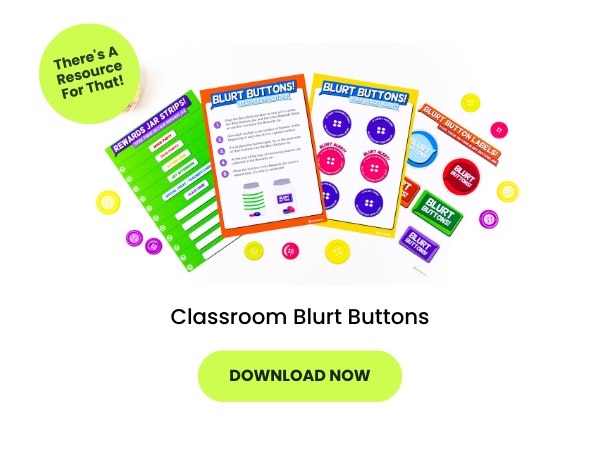
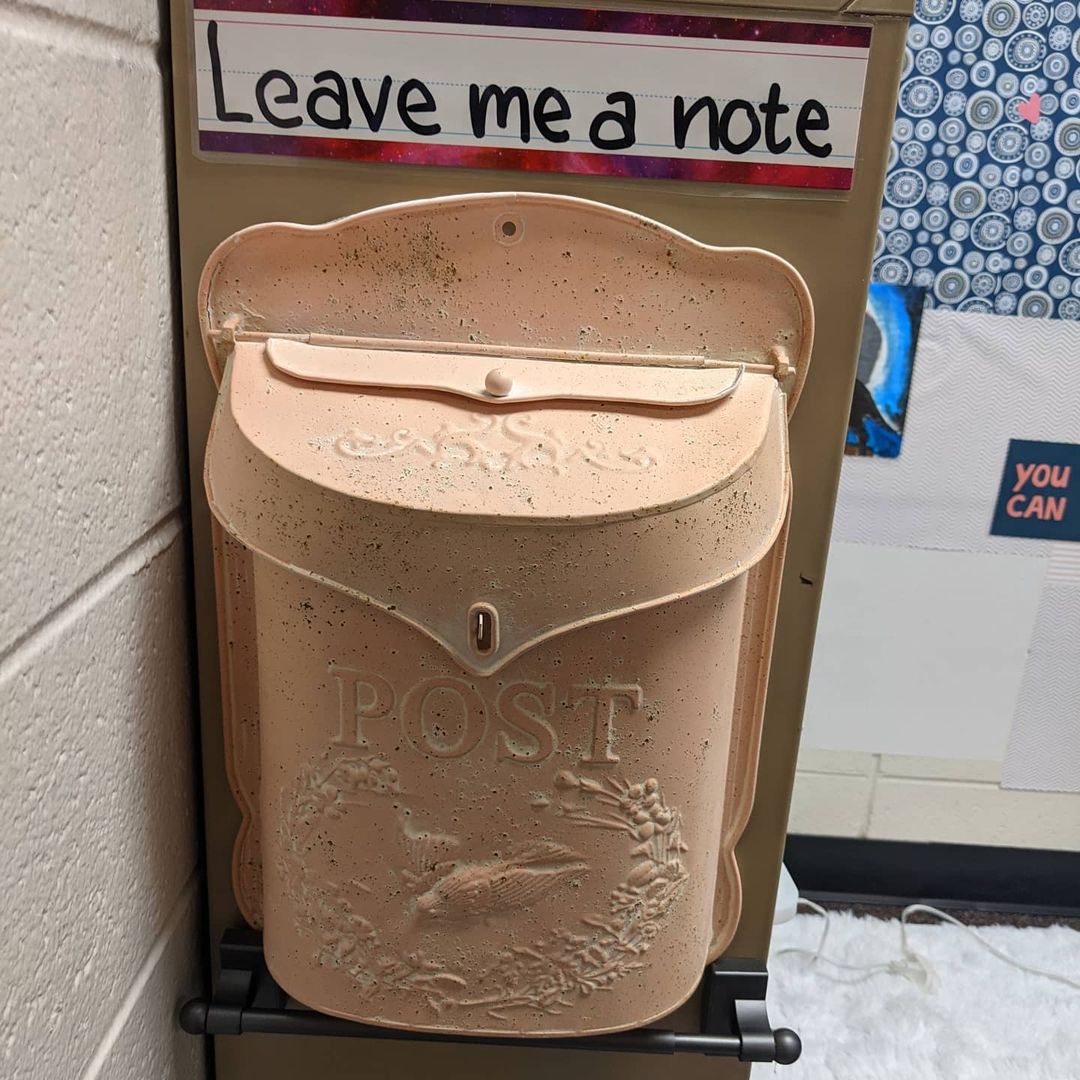

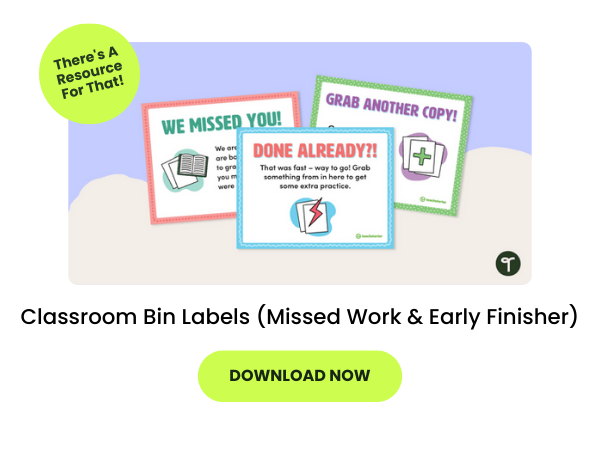
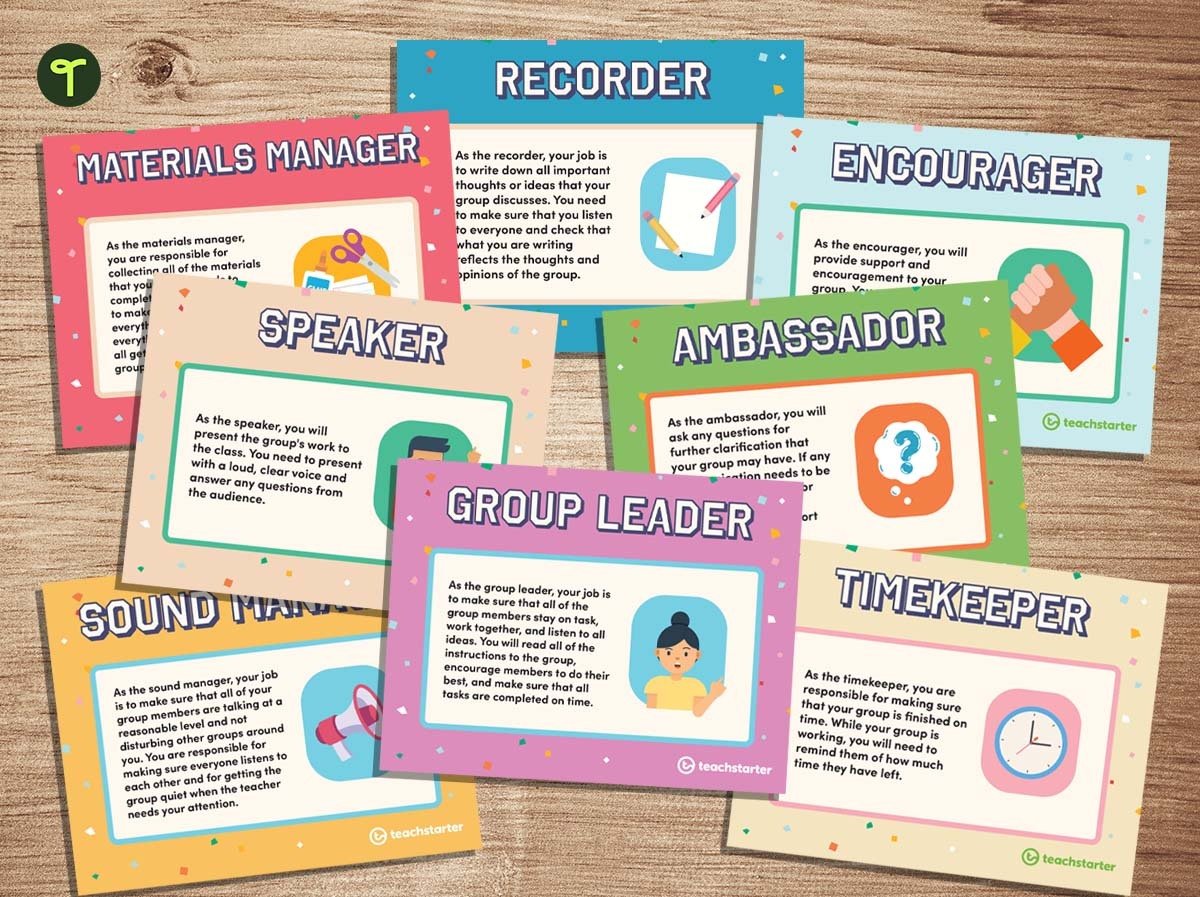






great ideas!!Thaks a lot!
Thank you so much!
You are very welcome!